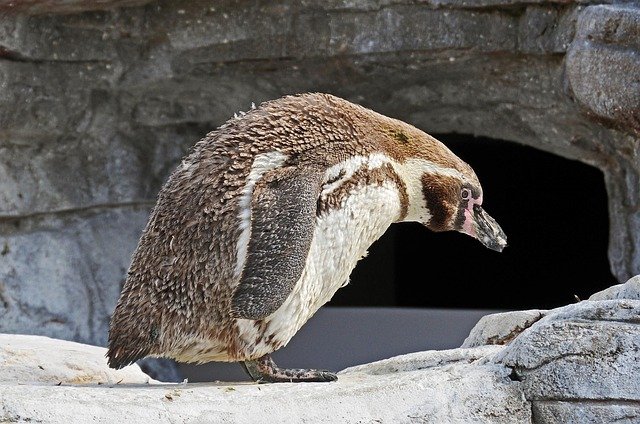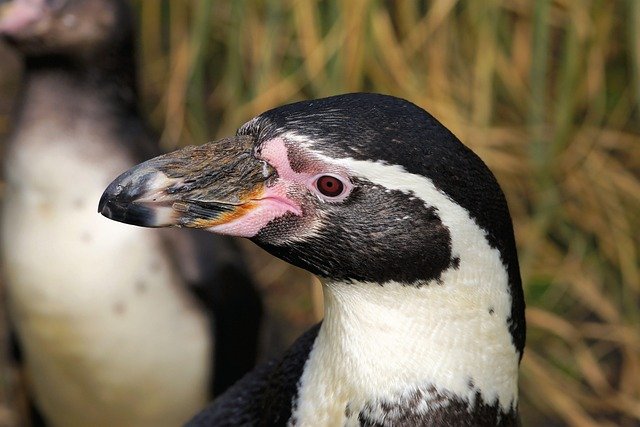**Title: "The Social Lives of Penguins: Exploring Their Unique Communication and Social Structures"** **

The Social Lives of Penguins: Exploring Their Unique Communication and Social Structures
Penguins are not just adorable creatures waddling across the ice; they are also fascinating social animals with intricate communication systems and social structures. In this post, we will delve into the unique social lives of these remarkable birds, examining how they interact, communicate, and form communities.
The Importance of Socialization
Penguins are highly social animals that thrive in colonies. These colonies can range from a few dozen to several thousand individuals, depending on the species and environment. Socialization is crucial for their survival, as it helps them find food, protect against predators, and raise their young.
Communication: The Language of Penguins
Vocalizations
One of the most striking aspects of penguin social life is their vocal communication. Penguins use a variety of vocalizations to convey messages, including:
Calls: Each species has its own distinct calls, which are essential for mate attraction and maintaining pair bonds. For instance, the Emperor Penguin is known for its loud, trumpeting calls that can be heard over long distances.
Chirps and Whistles: These sounds are often used in social interactions within the colony, helping individuals identify each other and establish social hierarchies.
Body Language
In addition to vocalizations, penguins also rely on body language to communicate. This includes:
Posture: The way a penguin stands or moves can indicate its mood or intentions. For example, a penguin that puffs up its chest may be displaying dominance or aggression.
Gestures: Wing flapping and head bobbing are common gestures that can express excitement, aggression, or submission.
Social Structures: Hierarchies and Relationships
Mating and Pair Bonds
Penguins are known for their monogamous relationships during breeding seasons. Many species, such as the Gentoo and Adélie penguins, form strong pair bonds that can last for several breeding seasons. They engage in courtship displays, such as synchronized swimming and mutual preening, to strengthen their bond.
Colony Dynamics
Within colonies, penguins establish social hierarchies. Dominance can be determined by factors such as age, size, and breeding success. Older, more experienced penguins often hold higher status, which can influence access to resources like food and nesting sites.
Cooperative Behaviors
Penguins also exhibit cooperative behaviors, especially when it comes to raising their young. In species like the Emperor Penguin, males take turns incubating the egg while females go out to forage for food. This cooperative approach helps ensure the survival of their offspring in the harsh Antarctic environment.
Conclusion
The social lives of penguins are as rich and complex as the icy landscapes they inhabit. Through their unique communication methods and intricate social structures, these remarkable birds demonstrate the importance of community and cooperation in the animal kingdom. Understanding their social behaviors not only enhances our appreciation for penguins but also highlights the broader significance of social interaction in wildlife.
Whether you’re a seasoned wildlife enthusiast or simply curious about these charming birds, the social lives of penguins offer a captivating glimpse into the intricate world of animal behavior.
References
- Penguin Communication: Vocalizations and Gestures
- Social Structures in Penguin Colonies
- The Breeding Behavior of Penguins
Feel free to share your thoughts or experiences with penguins in the comments below! 🐧

Upvoted! Thank you for supporting witness @jswit.